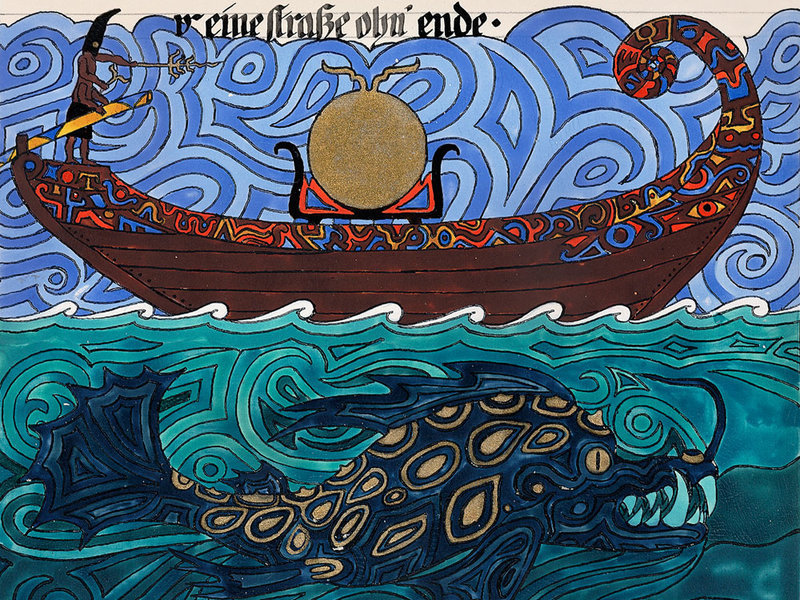Tag: Who was Carl G. Jung?
-

C.G.Jung’s Active Imagination and the Dead
It is an unfinished, personal and spiritual account that was, and still is, at odds with the atheistic and scientific direction of society.

It is an unfinished, personal and spiritual account that was, and still is, at odds with the atheistic and scientific direction of society.